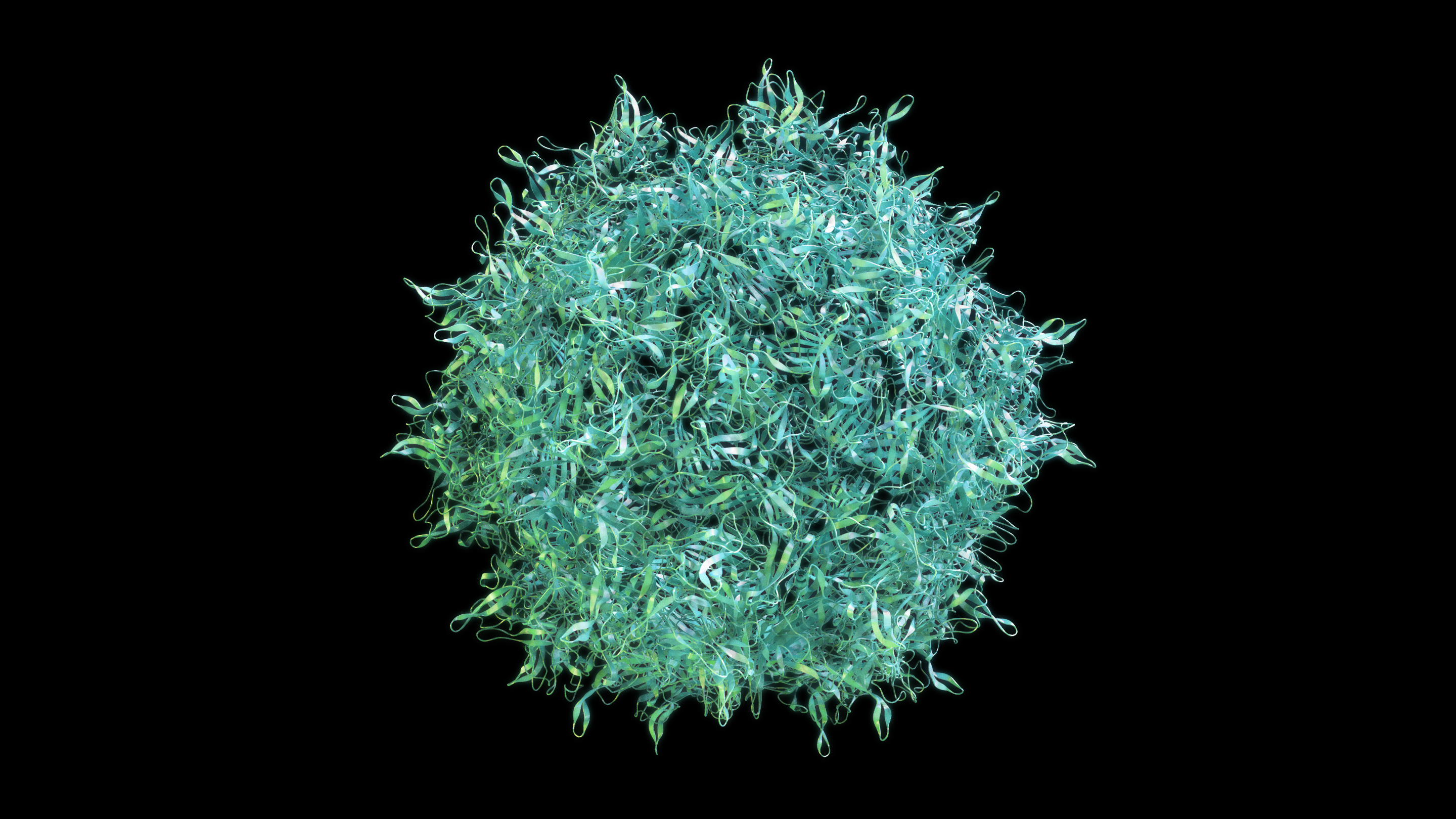
Thanks to medical research, injections for wet macular degeneration can help to stabilize or even improve vision in some cases. However, the thought of having an injection into the eye can be scary, so our latest expert article helps you understand what to expect when the medication is administered and what you may experience afterwards.
Ten years ago, before injections for wet macular degeneration became available, most people lost much of their central vision. Now, thanks to medical research, injections with brolucizumab (Beovu®), aflibercept (Eylea®), ranibizumab (Lucentis®), or bevacizumab (Avastin®) can protect precious reading and driving vision in many patients.
To the uninitiated, having an injection in your eye is probably one of the least pleasant activities imaginable, so understanding the diagnostic and treatment procedures may help to minimize anxiety about the process.
Diagnostic Tests for Wet Macular Degeneration
First, your ophthalmologist will perform a dilated eye exam and optical coherence tomography (OCT) imaging to determine whether you have wet macular degeneration. If so, it is very likely that you will benefit from a series of injections, spaced every four to six weeks, initially, and, depending on how your eye responds, perhaps less frequently later on.
Administering the Medication
Most doctors will give you numbing eye drops, then clean your eye, and perhaps eyelids, with a yellow iodine solution. They will position an eyelid holder, so you don’t have to worry that you will blink at the wrong time. Then, they will numb the eye with drops, gel, a medicated Q-tip, or a superficial injection of anesthetic. Many will measure the position of the injection, which is often placed in the lower, outer (toward your ear) aspect of the white part of the eye. The eye doctor will ask you to look up and will perform the injection through a tiny needle. You may feel nothing, a little pressure, or, in some cases, some moderate discomfort lasting a few seconds. Some people see a web of lines as the medicine mixes with the fluids inside the eye.
What to Expect After the Injection
After the injection, many doctors will examine your eye with a light and clean around your eye. Most will ask you to use antibiotic eye drops for a day or two.
Your eye will probably be sore and your vision somewhat foggy for a day or two, and then should improve. Any discomfort can often be relieved with Tylenol or Advil. A cool, clean washcloth held gently on the closed eye (for no more than 10 minutes every half hour) can also provide relief.
Sometimes the needle breaks a blood vessel on the surface of the eye at the time of injection. This can cause the white of the eye (sclera) to look red for as long as two weeks. If the eye is red, but is painless and the vision is good, then it is most likely harmless.
There is a low risk of serious complications caused by the injections (about 0.1% chance per injection). These are retinal detachment or infection in your eye (endophthalmitis). The symptoms of retinal detachment are an arc of flashing light in your peripheral vision, floating spots or lines in your vision that appear to move with your eye, or a “curtain” coming across part of your vision and blocking it. The symptoms of endophthalmitis are often blurry vision and pain (lasting more than just overnight after the injection). If you have symptoms of retinal detachment or endophthalmitis, call your ophthalmologist right away.
After the first injection, patients learn what to expect and it becomes less scary. Some patients switch doctors at some point and are surprised that the new doctor’s technique is a little different from the previous one. This is to be expected.
Sometimes patients will experience improved vision (better than before the injection) within a week of the procedure. Most will have their vision stabilized.
New Macular Treatments on the Horizon
Additional research on causes and treatments for macular degeneration is likely to result in even more effective treatments that can be delivered less frequently!
About BrightFocus Foundation
BrightFocus Foundation is a premier global nonprofit funder of research to defeat Alzheimer’s, macular degeneration, and glaucoma. Since its inception more than 50 years ago, BrightFocus and its flagship research programs—Alzheimer’s Disease Research, Macular Degeneration Research, and National Glaucoma Research—has awarded more than $300 million in research grants to scientists around the world, catalyzing thousands of scientific breakthroughs, life-enhancing treatments, and diagnostic tools. We also share the latest research findings, expert information, and resources to empower the millions impacted by these devastating diseases. Learn more at brightfocus.org.
Disclaimer: The information provided here is a public service of BrightFocus Foundation and is not intended to constitute medical advice. Please consult your physician for personalized medical, dietary, and/or exercise advice. Any medications or supplements should only be taken under medical supervision. BrightFocus Foundation does not endorse any medical products or therapies.
- Treatments
- Wet AMD









